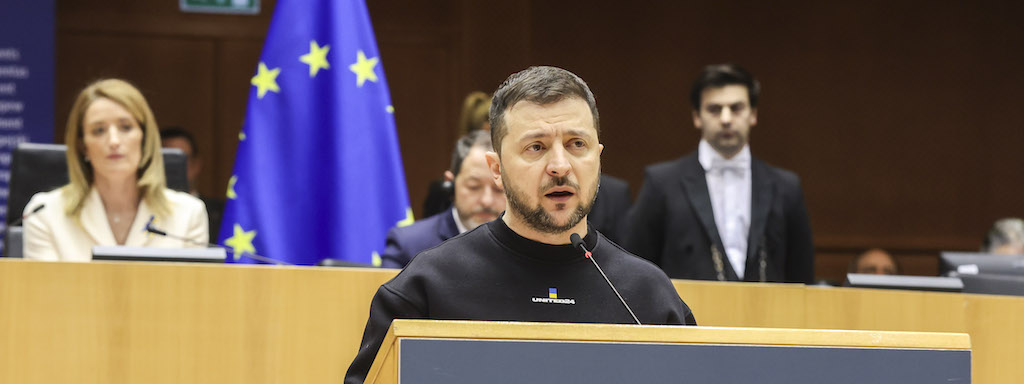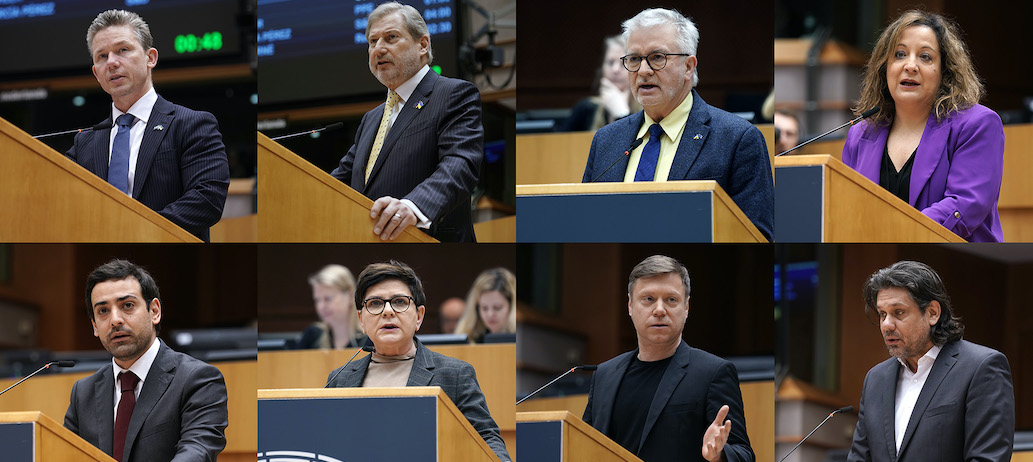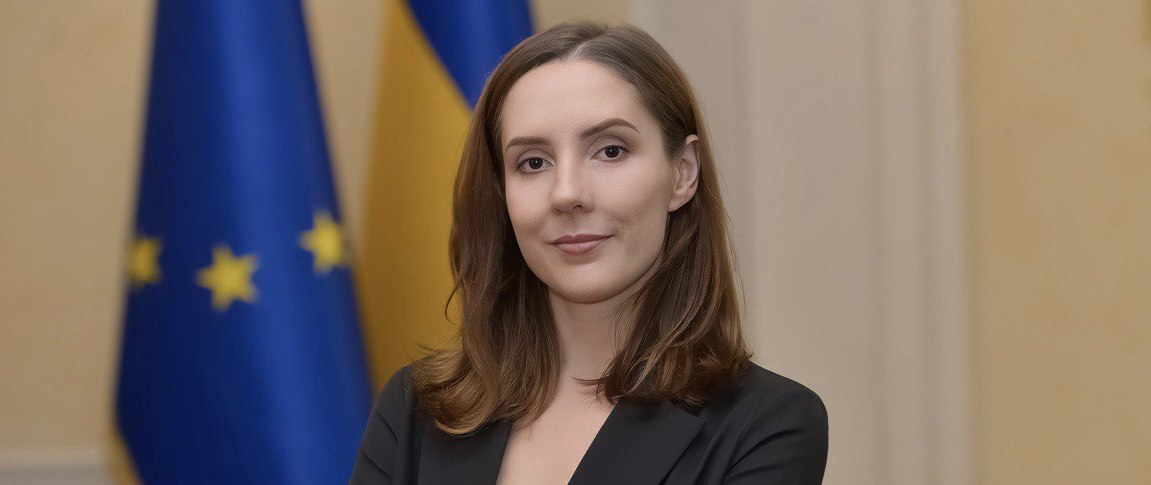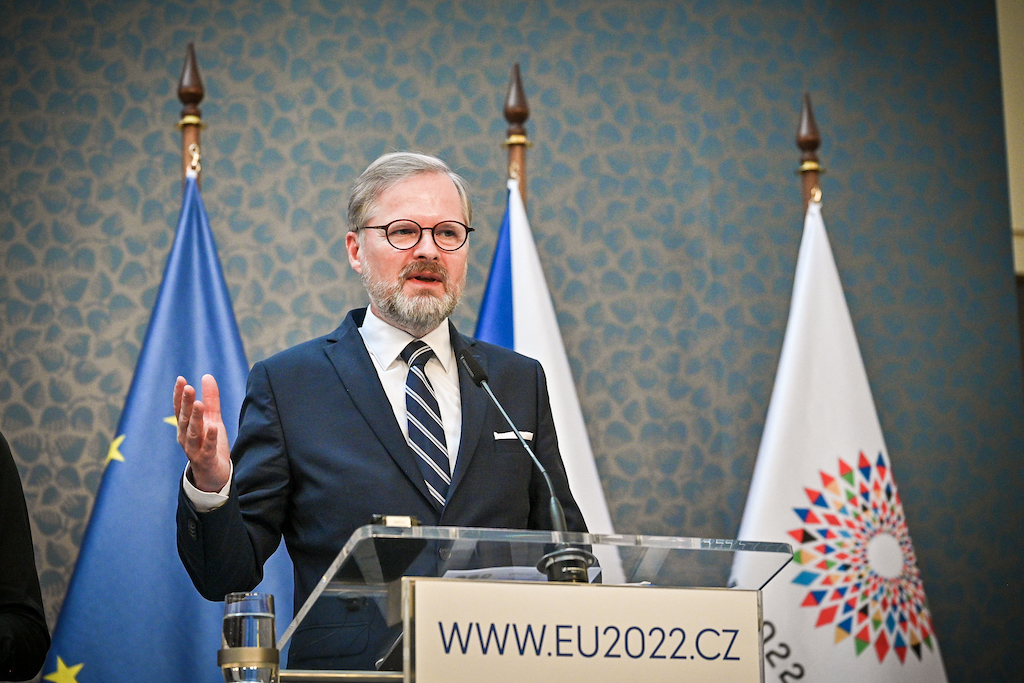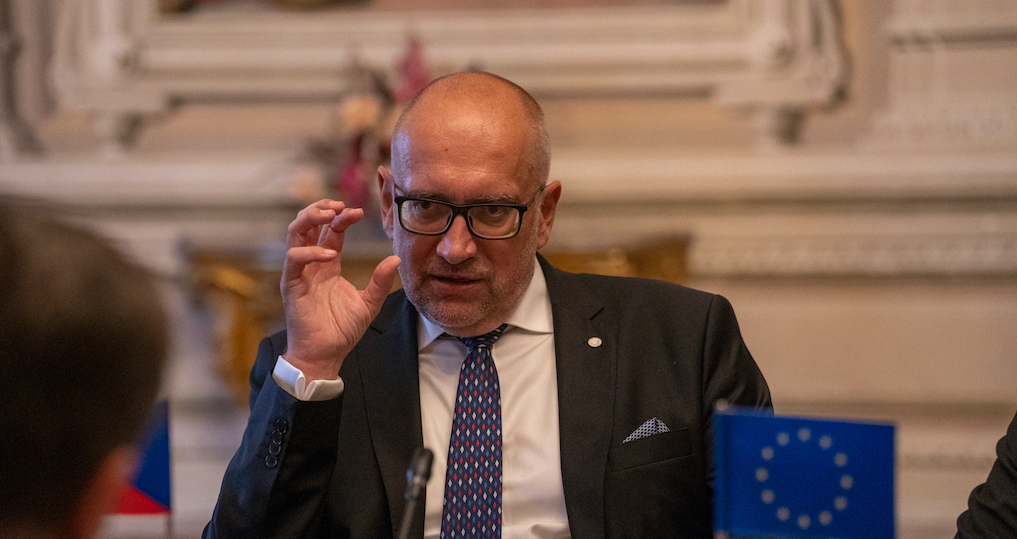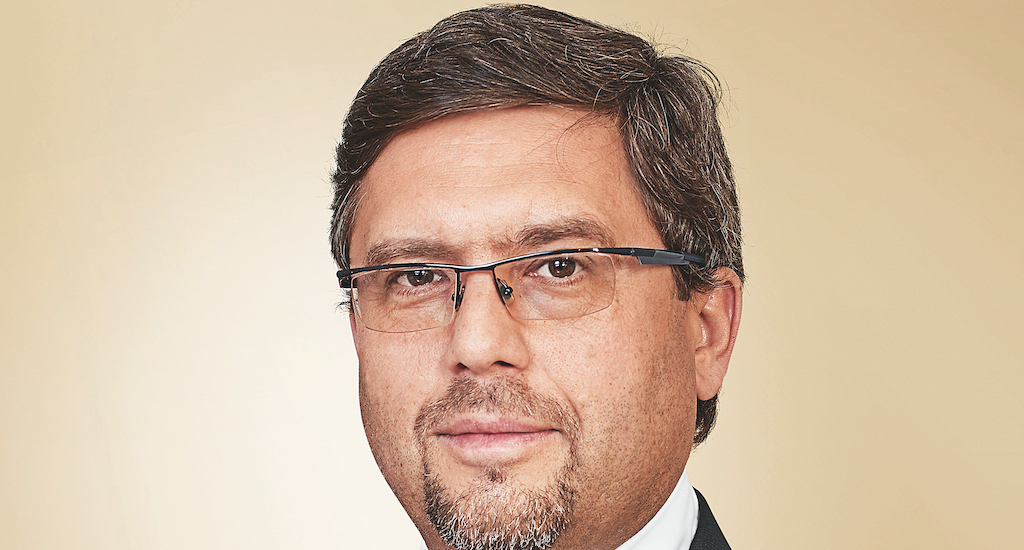The global climate emergency is becoming more evident and pronounced
Last year was the fourth warmest on record. Of the 18 hottest years in recorded history, 17 have occurred since the year 2000. In July, Belgium, Germany, Luxembourg and the Netherlands saw new national temperature records over 40° Celsius in an intense heatwave. In France, Paris recorded its hottest day on record. So: we either act now or face disastrous consequences, probably in our lifetime. The European Union is committed to achieving the Paris Climate Agreement goals, including targets for energy efficiency and renewable energy, and for reducing CO2 emissions. We have gone a step further.
The European Commission has proposed moving to a climate neutral economy by 2050, aiming for Europe to be the world’s first major economy to do so. Realistically, to start out on this path, we only have about 10 years to halve greenhouse gas emissions. It implies unprecedented modernization and transformation, on a massive scale. It will mean widespread restructuring and industrial change across all EU countries; it will affect every sector as we develop low and zero carbon alternatives to replace more traditional technologies. None of it will be quick, or cheap. For Europe to achieve its Paris Climate Agreement goals and climate neutrality, we will need between €175 and €290 billion in extra investment each year, to fund everything from small-scale energy efficiencies to large sustainable infrastructure projects. While at least 25% of EU spending in the next seven-year budget starting in 2021 will support climate action, there is no way that stretched public funds can meet all those needs. We need the financial sector to play its part to help attract private capital from across the board – in equity, loans, project finance – to help us reach our climate-neutral goal, by investing in economic activities that mitigate climate change. The European Union was an early mover in this area by recognizing the urgency of scaling up private capital to support the transition to a sustainable economy. Last year, we presented a comprehensive action plan on financing sustainable growth, to create more opportunities for green investment and make investors more aware of the risks of climate change.
Its center piece is a proposed law for a unified EU classification system – or taxonomy – to determine whether an economic activity is environmentally sustainable. This breaks new legal ground and is a vital step towards attracting more investment to green and sustainable projects. We need political agreement between EU countries by end-October. Two new EU laws aim to incentivize people to invest in green financial products. Stronger rules on disclosing sustainability factors to end-investors will make it easier for people to make informed choices when they invest in a financial product. Two new categories of EU climate benchmarks – voluntary labels – will give greater information on an investment portfolio’s carbon footprint: one for climate transition and another to allow building a portfolio aligned with the temperature goals of the Paris Agreement. We will also set up an EU green bond standard, raise transparency for companies on climate related reporting and expand the use of the EU Ecolabel to financial products. Many other countries are putting similar initiatives into effect and making substantial progress. It shows clear global momentum to align finance better with sustainable development needs. With environmental, social and governance issues now a major factor in investment decisions, it is time to make sustainable finance go global by working together with public and private initiatives, among institutions and between countries.
Since finance ministers know most clearly the economic consequences of climate change, I was pleased to see the Coalition of Finance Ministers for Climate Action launch last April. It is a great example of strong international action on climate change: more than 30 countries signing up to promote national climate action through fiscal policy and public financing. No country working alone can afford to tackle the socio-economic consequences of climate change. While national public budgets can only do so much, financial markets are global. And we are up against a global problem, particularly for sustainable finance to reach the scale that the world needs. The global reach of financial markets can help countries on their transition to carbon neutrality by linking their financing needs to international sources of funding. This is especially relevant for developing countries that face difficulties in accessing finance for their sustainable development. It is the thinking behind the International Platform on Sustainable Finance (IPSF), launched on October 18th, 2019 in Washington by the European Union together with relevant authorities from Argentina, Canada, Chili, China, India, Kenya and Morocco. The IPSF is open to all jurisdictions willing to exchange best practices and, where relevant, coordinate their approaches on environmentally sustainable finance. It aims to avoid market fragmentation and to achieve better coordination on initiatives and approaches to environmentally sustainable finance, while respecting national and regional contexts. It will focus, in particular, on the areas of taxonomies, disclosures, standards and labels, which are fundamental for investors to identify and seize green investment opportunities worldwide. Building coherent international strategies such as these, with like-minded partners, is the best way to stimulate investment at the scale required for the most important economic transition of our times.
Climate change affects the entire planet, wherever you are. The evidence is overwhelming. Our response to it should be global, coordinated – and fast.








